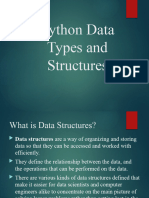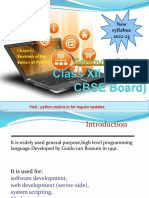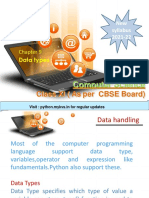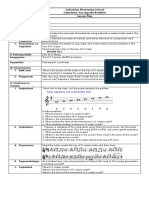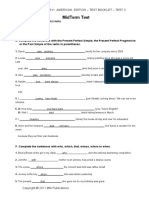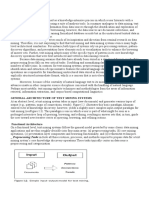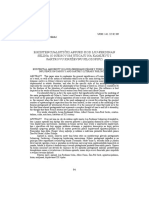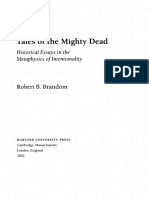0% found this document useful (0 votes)
13 views5 pagesLecture 2
This document provides an overview of Python syntax and basic data types, emphasizing readability and the importance of indentation. It covers writing and running Python code, basic syntax rules, and details on various data types including numeric, text, boolean, and None types, along with type conversion methods. Additionally, it includes common operations on data types and exercises for practice.
Uploaded by
Fadel AhmadCopyright
© © All Rights Reserved
We take content rights seriously. If you suspect this is your content, claim it here.
Available Formats
Download as PDF, TXT or read online on Scribd
0% found this document useful (0 votes)
13 views5 pagesLecture 2
This document provides an overview of Python syntax and basic data types, emphasizing readability and the importance of indentation. It covers writing and running Python code, basic syntax rules, and details on various data types including numeric, text, boolean, and None types, along with type conversion methods. Additionally, it includes common operations on data types and exercises for practice.
Uploaded by
Fadel AhmadCopyright
© © All Rights Reserved
We take content rights seriously. If you suspect this is your content, claim it here.
Available Formats
Download as PDF, TXT or read online on Scribd
/ 5
